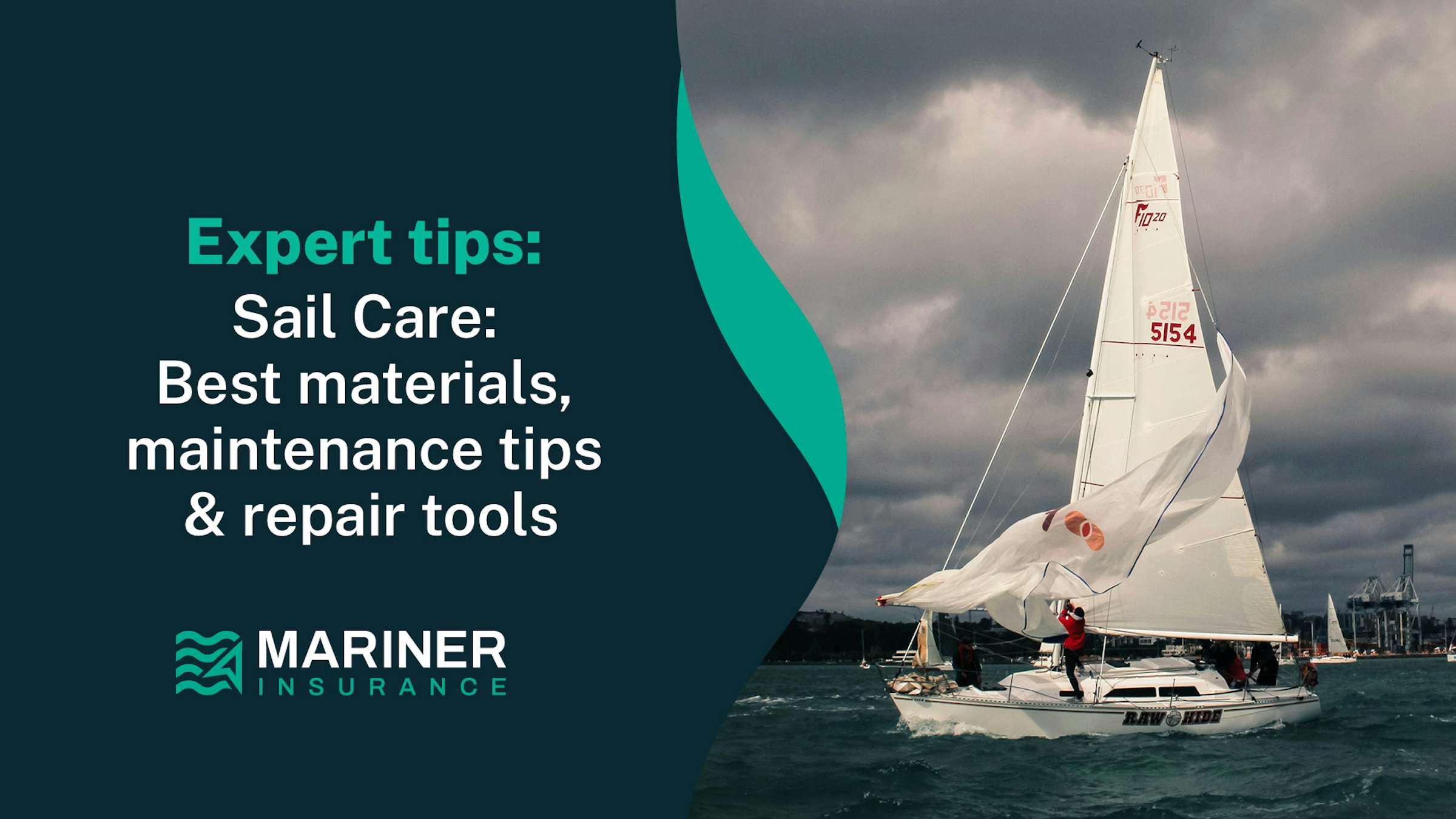
What Every Kiwi Sailor Should Know About Caring For their Sails In NZ
Mariner Insurance recently caught up with Andrew Hall from Sail IQ in Auckland, a veteran sailmaker with over 30 years of experience. He had plenty to share about the materials and care that go into keeping your sails in top condition, whether you're racing or cruising around New Zealand.
“Sails are the engine of your boat,” Andrew told us. “You wouldn’t skip an engine service, so don’t skip a service for your sails either!” This might be something many boaters overlook, but regular care can make all the difference to both performance and longevity. Andrew recommends bringing your sails in for a check-up at least once a year, particularly after a long season. “It's best to get ahead of small problems—rips, worn seams—before they turn into something that could really ruin your day on the water.”
When it comes to choosing sail materials, Andrew has seen it all: from the classic Dacron, known for its durability in cruising, to cutting-edge membrane laminates designed for top performance. “Dacron is the old reliable,” he said. “It’s been around forever, but for high-performance boats, membrane laminates are where it’s at—lightweight and durable.”
Another hot topic is sail storage and drying. “One of the worst things you can do is leave your sails wet after a trip. Mould can grow fast, and while it doesn’t ruin the structure, it’s tough to remove and just looks awful.” Andrew advises drying your sails properly after a wet outing and storing them in a dry, ventilated space to keep them in good shape.
We also delved into the tools every Kiwi sailor should have on board for quick repairs. “It doesn’t hurt to be prepared,” Andrew said, showing us a few essentials like handwork needles, sticky-back repair tape, and a palm to push the needle through thicker material. “A little fix on the water can get you home safely, and then you can have a sailmaker do a proper job once you’re back.”
Perhaps the most exciting development Andrew mentioned was sail monitoring technology. “With these little devices, you can actually track how your sail’s performing—how many hours it’s spent in the sun, how many tacks you’ve done. It’s brilliant for knowing when it’s time for some TLC or even replacement.”
Looking to get your sails serviced or curious about new materials? Visit Andrew and his team at Sail IQ. A little care goes a long way in making sure your sails stay reliable and efficient out on the water.